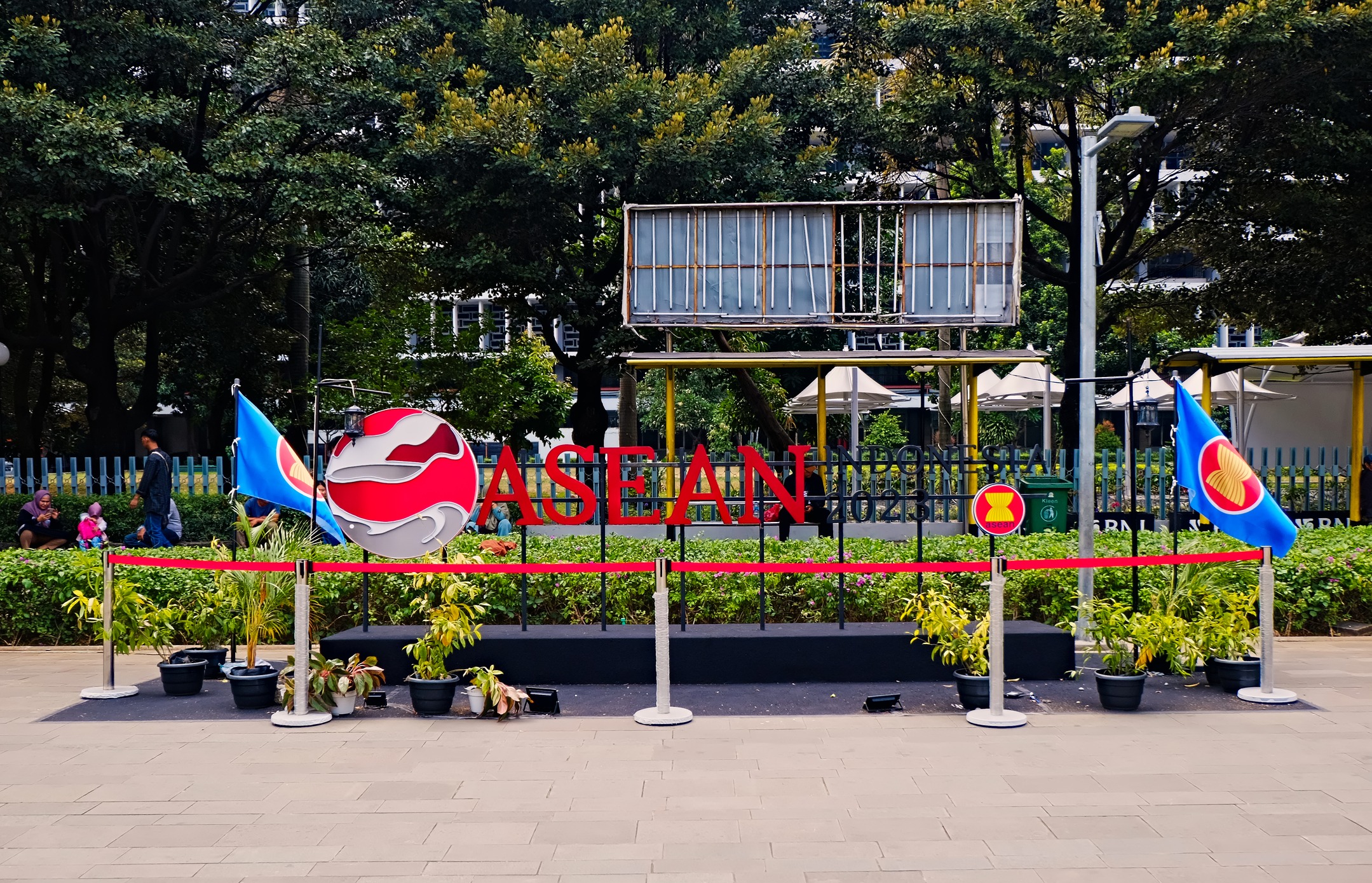In Embracing AI, Southeast Asia Must Consider Sobering Climate Costs
SOUTH CHINA MORNING POST
APLN member Elina Noor argues that the landmark UN AI resolution linked to sustainable development goals should be a wake-up call for Southeast Asia to consider the true costs of adopting AI at breakneck speed.
The UN General Assembly recently adopted a landmark resolution to promote “safe, secure and trustworthy” artificial intelligence systems for sustainable development. Introduced by the US and supported by more than 120 countries, the AI resolution is the first of its kind for the assembly – an acknowledgement of the extensive but unequal reach of AI and the frenetic efforts to leverage and regulate the technology.Despite the notions of safety, security and trustworthiness resonating differently in tech capitals from Silicon Valley to Shenzhen, in the policy metropoles of Brussels and Washington, and in the rising economies of the global majority, the UN resolution manages to cut across the disparate geographies and their demographics by attaching itself to UN Sustainable Development Goals.But it is the focus on AI systems throughout their life cycle – pre-design, design, development, evaluation, testing, deployment, use, sale, procurement, operation and decommissioning – that makes this resolution notable, particularly in light of AI’s outsize climate footprint.
By coincidence, two days before the UN resolution was adopted, the World Meteorological Organization released its annual State of the Climate report. It confirmed last year as the warmest on record and was an indictment of just how much damage human activity continues to wreak on the environment, with records broken again for greenhouse gas emissions, surface temperatures and sea level rise.For Southeast Asia, a region both bullish on technology and extremely vulnerable to climate change, AI is more often seen as a solution to the environmental crisis than a contributor. Agricultural technology, for example, is being used to manage the food insecurity aggravated by rising sea levels, droughts and floods. AI is also being used to forecast floods, anticipate air pollution and accelerate the region’s green energy transition.But deploying AI across a range of sectors is not without cost to the climate. Major AI applications and their supporting infrastructure, designed for redundancy and continual updates to meet client expectations, are notoriously resource-intensive.
The full article can be accessed on the SCMP website here.
Image: iStock/Ricky Kurniawan




